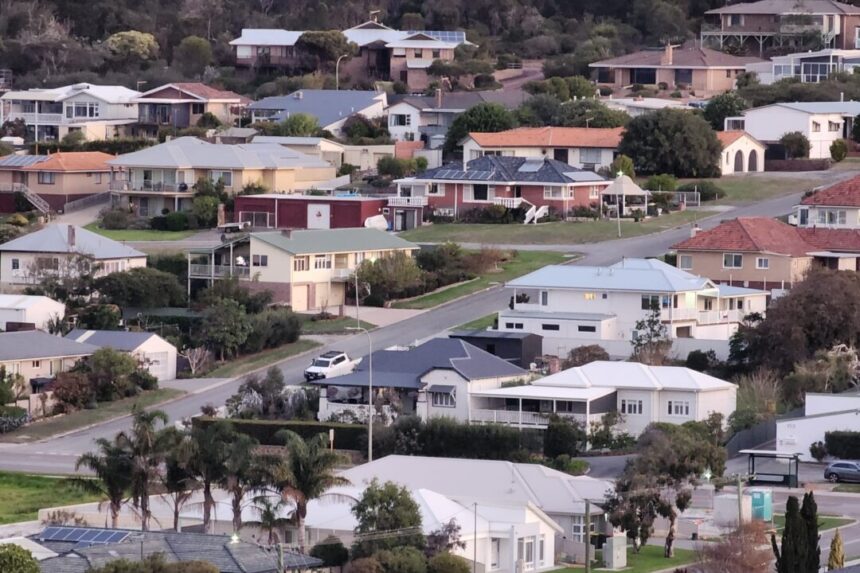It is a common phenomenon in Australia for homes to be cold during the winter season, unlike most developed countries. However, this should not be the norm.
Many social media posts can be found online where Australians complain about the cold temperatures in their houses during winter.
This issue is not trivial. The World Health Organisation revealed that 81% of Australian homes have temperatures below the recommended 16 to 18 degrees Celsius minimum.
The reasons behind this problem are multifaceted. Nicola Willand from RMIT University’s School of Property explained that Australian homes are often uninsulated, drafty, and equipped with inefficient heating systems.
“This lack of insulation and air movement between heated areas and colder walls and windows make heating ineffective and costly,” she stated.
Willand also highlighted the fact that Australians tend to build large homes, leading to higher energy demands. While new homes are more energy-efficient, heating such spacious houses can be expensive, especially when homeowners are burdened with high mortgage payments.
Despite these challenges, many Australians have accepted the idea of living in cold homes during winter. However, they may not be aware of the health risks associated with cold indoor air, such as respiratory issues, heart problems, infections, and mold growth.
Rental standards vary across states, with Victoria requiring at least one heater in the living area, leaving bedrooms cold and potentially at risk of mold growth. In New South Wales, rental homes only need heaters in cooler regions.
Furthermore, the Nationwide House Energy Rating Scheme (NatHERS) assumes that living room heaters are turned off between midnight and 7 a.m., which may lead to cold mornings in inadequately insulated homes.
Experts recommend sealing gaps, improving insulation, and installing double-glazed windows to keep homes warmer in winter.
Despite these challenges, Australia’s focus on natural disasters has overshadowed the need for energy efficiency and heating solutions. With rising energy prices and the imperative to address climate change, it is crucial for Australians to prioritize warmth and energy efficiency in their homes.
Can you please rewrite this?
Source link




